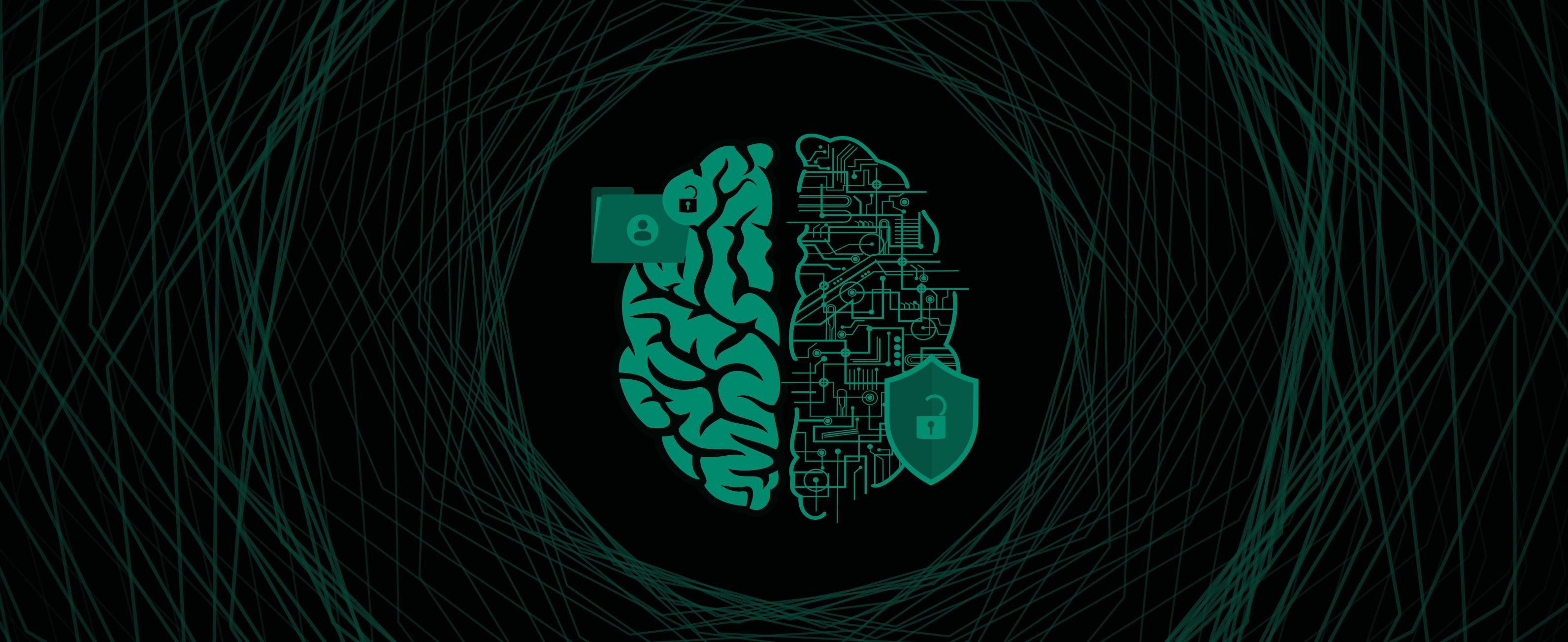Threat Intelligence Vs. Cyber Threat Hunting: What’s Better?
A recent survey found that around 70% of companies plan to increase their investment in cybersecurity. While this is generally a smart move, what really matters is which type of security solutions they choose to focus on.
Here’s what companies should consider when choosing between threat intelligence and cyber threat hunting.
All About the Data: Understanding Threat Intelligence
Threat intelligence is focused on gathering information regarding current and upcoming threats.
Information gathered using threat intelligence includes, among other elements:
- Strategic data on trends in the field
- Tactical information regarding attackers’ motivations and techniques
- Operational data covering areas of vulnerabilities and risk
The service uses mostly manual analysis capabilities to investigate and monitor multiple platforms and provide a detailed threat map.
In depth research allows threat intelligence services to paint an impressive picture that lets customers know which threats may be lurking around the corner, or actively damaging their brand. What’s missing is an actionable approach, taking steps to remove these threats and prevent them from causing further harm. Occasionally, such services offer some assistance with threat takedowns, that typically require additional payments on a PPT (Pay Per Takedown) basis.
In a way, threat intelligence is the cybersecurity equivalent of saying, “You missed a spot!” without actually doing something about it. Companies gain a lot of crucial knowledge. They then need to outsource, or use additional resources to take any action (rather than operating with one solution that provides both knowledge and solutions).
Talk to us to learn more about how our threat hunting solution can benefit your company.
Detect & Act: Understanding Threat Hunting
Explaining the weak spots of threat intelligence without offering an alternative is yet another way of providing a lot of data without an action plan. So, let’s answer the common question, “What is threat hunting?” and discuss how threat hunting tools can solve the gap we’ve mentioned.
Cyber threat hunting doesn’t neglect the data-driven approach brought to us by threat intelligence. Instead, it adds layers and actions that build on this data, turning it into a practical solution. Using this proactive approach, teams of threat hunters detect the threat, study it, remove it, and cover all related bases. The process includes monitoring multiple digital arenas and harnessing automated, customized systems to track and remove them all. To accomplish this, cyber threat hunting teams work with automation, AI, and big data technologies, as well as a team of legal professionals with IP expertise.
Cyber threat hunting is a very straightforward and goal-oriented approach. The recent 2021 Threat Hunting Report found that companies’ key goals when choosing this approach are reducing
- Exposure to internal threats
- The number of breaches and infections
- The attack surface.
These are all actionable, measurable goals that elevate data gathering to find real answers.
Cyber threat hunting doesn’t wait for attackers to lead the way and cause damage. It takes control over the situation and gives the power back to companies. As described by Johna Till Johnson, CEO and founder of Nemertes Research, “The more proactive an organization is, the more effective it is.”
Why Do Some Companies Still Choose Threat Intelligence?
Although threat intelligence offers only a partial solution, the demand for anti-phishing services that rely on this method is still pretty high. By 2023, the threat intelligence market is expected to reach a value of $981 million.
Why is that, you ask? Because companies find the broad coverage and massive amount of information impressive, not realizing that there are missing pieces to that puzzle. To avoid reaching the inevitably disappointing conclusion, it’s always best to ask how the data you receive actively stops the threat and risk.
Even after realizing that cyber threat hunting offers better protection, companies should zoom in on the threat hunting tools that suit their goals. Limitless protection that offers complete control is the only way to go. Having threat protection that only covers specific platforms, only leaves your company vulnerable. At BrandShield, we make sure to cover every corner, offering the broadest protection, with a tailor-made solution based on customers actually need. Handling everything from detection to takedown makes a real difference. To learn more and make an informed decision, contact us now.
{{cta(’66b4068b-29bc-4664-a9f2-74d2b2d81c01′,’justifycenter’)}}
